解説 / Description
インドキンギョハナダイは、インド洋に分布するハナダイの代表種です。近年の研究により、これまで同種とされてきた太平洋の個体群は、近縁種のキンギョハナダイ(*Pseudanthias cheirospilos*)として区別されるようになりました。市場ではしばしば混同されますが、本種は雌の目の下に入る紫色の縁取りがあるオレンジ色の線(通称アイシャドウ)で明確に区別できます。非常に美しい群れを形成しますが、その高い代謝を支えるための1日複数回の給餌が長期飼育には不可欠です。 The Indian Ocean Lyretail Anthias (*Pseudanthias squamipinnis*) is a representative anthias species from the Indian Ocean. Recent studies have distinguished it from its Pacific relative, *Pseudanthias cheirospilos*, with which it was previously conspecific. Though often confused in the trade, *P. squamipinnis* can be clearly identified by the purple-margined orange line (often called “eyeshadow”) under the female’s eye. They form stunning schools, but frequent daily feedings are essential for long-term success due to their high metabolism.
基本情報 / Basic Information
| 学名 / Scientific Name | Pseudanthias squamipinnis (Peters, 1855) |
|---|---|
| 通称 / Common Name | インドキンギョハナダイLyretail Anthias, Sea Goldie, Scalefin Anthias |
| 分類 / Family | ハタ科 ハナダイ亜科 (Serranidae, Anthiinae)Serranidae, Anthiinae |
| 英名 / English Name | Lyretail Anthias, Sea Goldie |
| 分布 / Distribution | 西インド洋(紅海、アフリカ東岸、モルディブ、スリランカなど)Western Indian Ocean (Red Sea, East Africa, Maldives, Sri Lanka, etc.) |
| 最大体長 / Max Size | オス: 約15cm, メス: 約7cmMale: approx. 15 cm, Female: approx. 7 cm |
| 寿命 / Lifpan | 10年以上10+ years |
飼育環境 / Aquarium Environment
| 水槽サイズ / Tank Size | ハーレム(群れ)で飼育する場合、最低でも475リットル以上の水槽が強く推奨されます。活発に泳ぎ回るため、横長のものが望ましいです。飛び出し事故が非常に多いため、隙間のない蓋は必須です。For keeping a harem (group), a tank of at least 475 liters (125 gallons) is strongly recommended. A long tank is preferable to accommodate their active swimming. A tight-fitting lid is absolutely essential as they are frequent jumpers. |
|---|---|
| 水温 / Temperature | 22℃〜28℃ (24℃〜26℃が理想) |
| 水質 / Water Quality | 比重: 1.023-1.025, pH: 8.1-8.4。急激な変化を避けた安定した水質が求められます。Specific Gravity: 1.023-1.025, pH: 8.1-8.4. Stable water quality, avoiding sudden changes, is required. |
| レイアウト / Layout | 広大な遊泳スペースと、隠れ家となる複雑なライブロックの両立が重要です。高い溶存酸素を維持するため、強力な水流も必要です。A balance of vast open swimming space and complex live rock with hiding places is crucial. Strong water flow is also necessary to maintain high dissolved oxygen levels. |
| 注意点 / Precautions | リーフタンク(サンゴ水槽)に最適な魚ですが、ごく小型の観賞用エビは捕食される可能性があります。An ideal fish for reef tanks, but it may prey on very small ornamental shrimp. |
餌と給餌 / Feeding
| 餌の種類 / Diet | 動物プランクトン食性。冷凍のイサザアミやブラインシュリンプ、コペポーダ、高品質な人工飼料など、小さく動物性の餌を多様に与えます。Zooplanktivore. Feed a varied diet of small, meaty foods such as frozen mysis shrimp, brine shrimp, copepods, and high-quality artificial foods. |
|---|---|
| 給餌のポイント / Feeding Tips | 【最重要】高い代謝率のため、1日に最低3〜5回の給餌が生命維持に不可欠です。給餌不足は飼育失敗の最大の原因です。自動給餌器や、活餌を供給するリフジウムの設置も非常に有効です。[CRITICAL] Due to their high metabolism, feeding at least 3-5 times per day is essential for survival. Insufficient feeding is the leading cause of mortality. Automatic feeders and refugiums that supply live food are highly effective. |
性格と混泳 / Temperament and Tank Mates
| 性格 / Temperament | ハーレムを形成する社会性を持ちます。オスは同種のオスに非常に攻撃的ですが、他種には概ね温和です。Forms social harems. Males are very aggressive towards other males of the same species but generally peaceful with other species. |
|---|---|
| 混泳の相性 / Compatibility | 雄1匹と雌4匹以上の構成が理想です。温和なハゼ、ギンポ、カクレクマノミなどが良い相手です。攻撃的な大型魚との混泳は避けるべきです。A ratio of one male to four or more females is ideal. Good tank mates include peaceful gobies, blennies, and clownfish. Avoid large, aggressive fish. |
病気と対策 / Diseases and Prevention
| かかりやすい病気 / Common Diseases | 栄養失調が最も多い死因です。ストレスに弱く、ウロネマ症、白点病、ベルベット病にも罹患しやすいです。Malnutrition is the most common cause of death. They are susceptible to stress and prone to Uronema, Marine Ich, and Velvet. |
|---|---|
| 対策と予防 / Prevention | 導入前の厳格な検疫は絶対に不可欠です。病気の根本原因となるストレスを減らすため、頻繁な給餌と安定した環境の維持が最良の予防策です。A strict quarantine for new arrivals is absolutely essential. Frequent feeding and maintaining a stable environment are the best preventative measures to reduce stress, the root cause of many diseases. |
増やし方(繁殖) / Breeding
| 繁殖形態 / Reproduction | 雌性先熟の雌雄同体。ハーレム内の優位な雄が不在になると、最も優位な雌が雄へと性転換します。Protogynous hermaphrodite. If the dominant male in a harem is lost, the most dominant female will transition into a male. |
|---|---|
| 繁殖のポイント / Breeding Tips | 飼育下での繁殖は専門家レベルで非常に困難です。孵化した仔魚は極めて小さく、初期飼料として微小なコペポーダの幼生が必須となります。Breeding in captivity is extremely difficult and at an expert level. The newly hatched larvae are minuscule and require microscopic initial food like copepod nauplii. |
特徴的な行動と豆知識 / Behavior and Fun Facts
| 特徴 / Characteristics |
【種の区別】本種はインド洋産で、太平洋に分布するキンギョハナダイ(*P. cheirospilos*)とは別種とするのが近年の主流です。最も確実な見分け方は雌にあり、本種の雌は目の下に紫で縁取られた明瞭なオレンジ色の線(アイシャドウ)を持ちますが、太平洋のキンギョハナダイの雌にはこれがありません。また、成熟した雄の尾鰭も異なり、本種は深く切れ込んだ三日月形になるのに対し、太平洋のものは切れ込みが浅い傾向があります。 【社会構造と性転換】自然界では、1匹の優位なオスが多数のメスを率いる「ハーレム」を形成します。オスは自身の存在と行動によって、メスたちの男性化をホルモンレベルで常に抑制しています。このハーレムからオスがいなくなると、群れの中で最も大きく優位なメスが、わずか数週間でオスへと性転換を開始します。これは、群れの繁殖を維持するための非常に効率的な仕組みです。 【産地による色彩変異】同じインドキンギョハナダイでも、産地によってオスの体色にバリエーションが見られます。例えば、スリランカ産は赤紫色に黄色が混じる典型的な色彩ですが、フィジー産のオスはより均一で濃い紫色になることが知られています。 【Species Distinction】This species is from the Indian Ocean and is now primarily considered distinct from the Pacific species *P. cheirospilos*. The most reliable identification method is the female: this species’ female has a distinct purple-margined orange line (“eyeshadow”) under its eye, which the Pacific female lacks. Additionally, the tail fin of mature males differs; this species has a deeply lunate tail, whereas the Pacific species’ tail is less indented. 【Social Structure and Sex Change】In the wild, they form “harems” where one dominant male leads multiple females. The male’s presence and behavior constantly suppress the females’ masculinization at a hormonal level. If the male disappears from the harem, the largest, most dominant female will begin to transition into a male within a few weeks, an efficient mechanism to maintain reproduction. 【Geographic Color Variation】Even within this species, male coloration varies by locality. For example, individuals from Sri Lanka exhibit the typical reddish-purple and yellow coloration, while males from Fiji are known for a more uniform, deep purple hue. |
|---|
まとめ / Conclusion
インドキンギョハナダイの飼育成功には、まず太平洋産の近縁種との正確な同定が不可欠です。その上で、彼らの高エネルギーな生活を支えるための「頻繁な給餌」と、社会性を考慮した「適切なサイズの水槽とハーレム構成」が成功の鍵となります。 Successful keeping of the Indian Ocean Lyretail Anthias first requires accurate identification to distinguish it from its Pacific relatives. Beyond that, the keys to success are “frequent feeding” to support their high-energy lifestyle and an “appropriately sized tank with a proper harem structure” to accommodate their social nature.
これらの厳しい要求を満たせる飼育者にとって、水槽内を乱舞する彼らの姿は、サンゴ礁の躍動そのものを体現する、比類なき光景となるでしょう。For the aquarist who can meet these demanding requirements, the sight of them dancing through the aquarium will be an unparalleled spectacle, embodying the very dynamism of the coral reef.
▶ 記事の生体をAMAZONで買う ▶ 記事の生体をYahooで買う

.png)






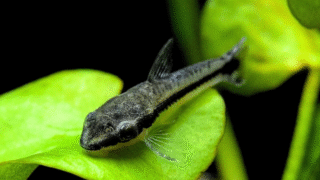
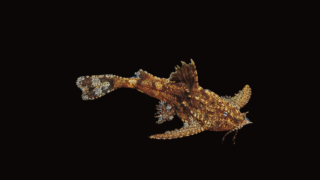
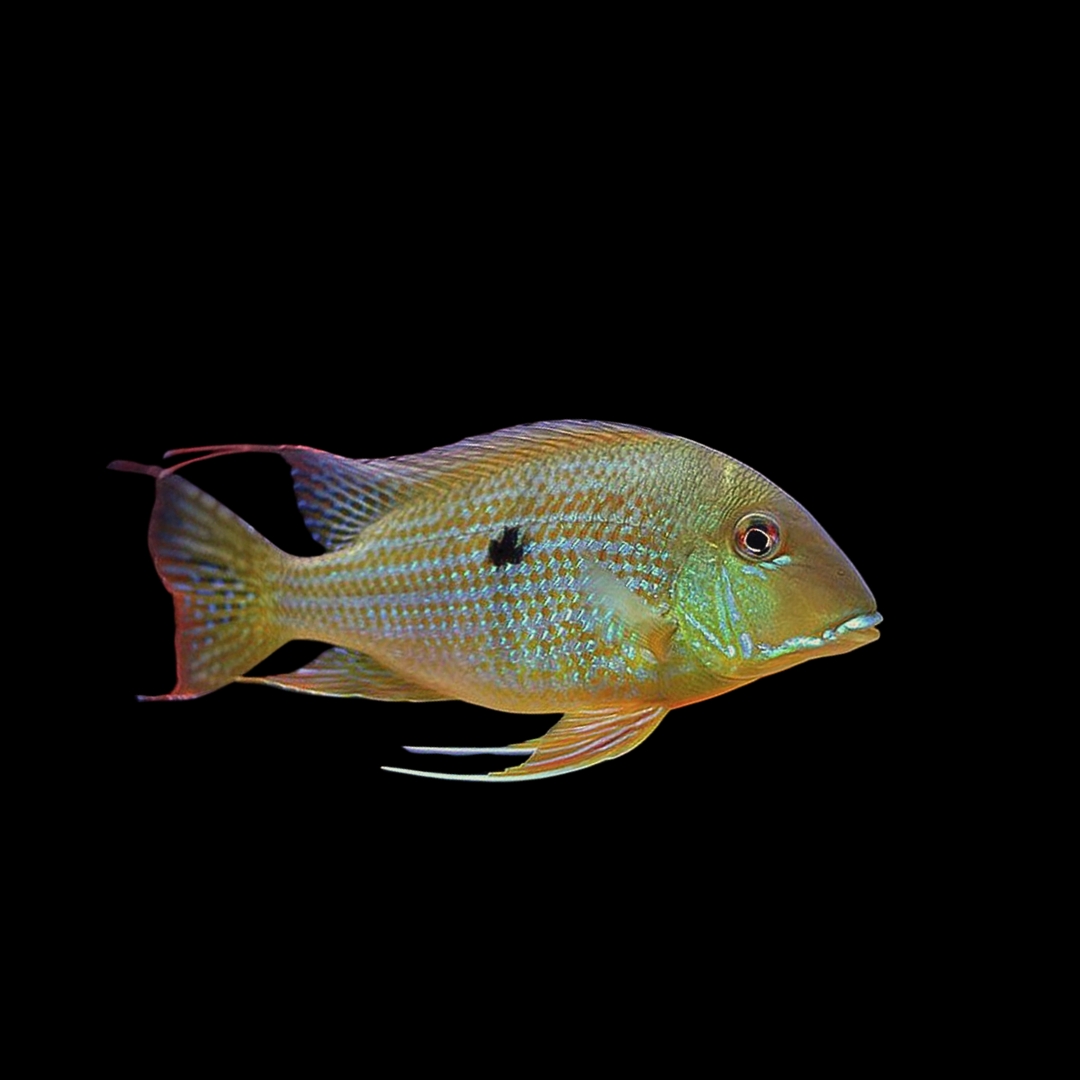
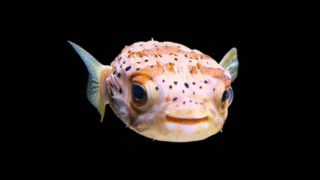
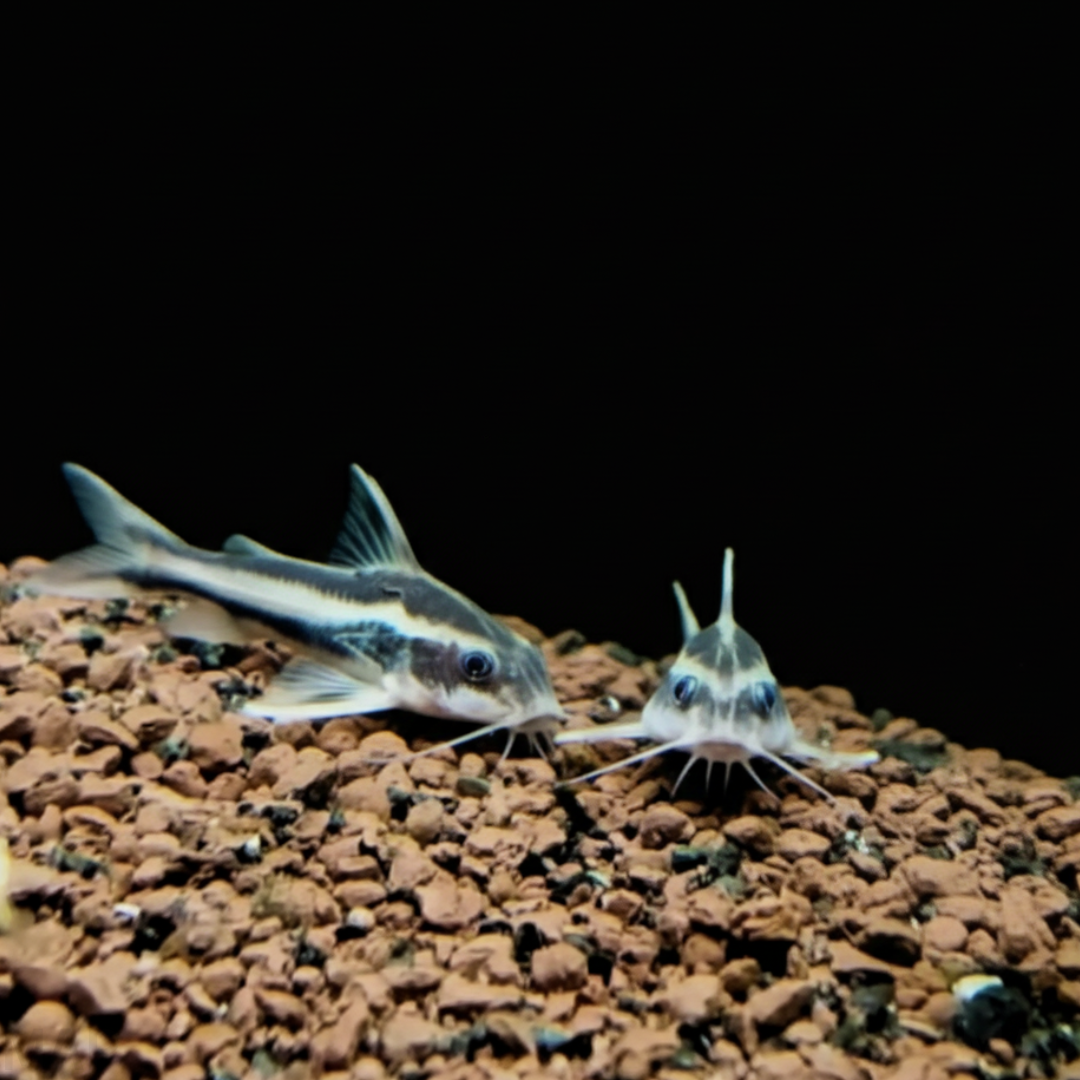
コメント